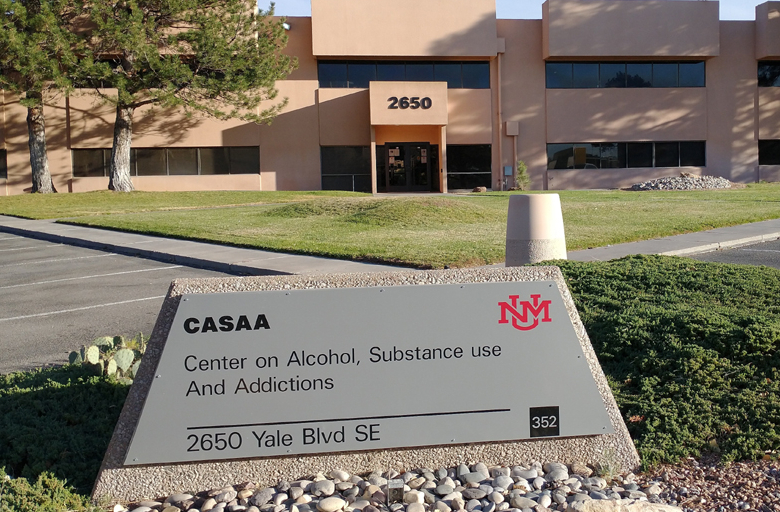Sequential Code for Observing Process Exchanges (SCOPE)
Background
The SCOPE was developed to encode recorded motivational interviewing interactions between a therapist and an individual client, with a particular focus on the sequential information contained in the exchange between the parties. The system was developed in order to investigate the relationships between theoretical constructs important to MI, therapy process more generally, and client outcomes. The SCOPE adapts and combines two other successful coding systems: the MISC and the Commitment Language Coding System developed by Paul Amrhein (2000).
An entire session should be coded in a single pass through the recording. Coders may stop the tape as often as required to correctly code each utterance. Each session to be coded should be transcribed, and three copies of each transcript should be made: one to be kept archived for the duration of the study, one for the parsing pass, and one for the primary coding. An additional copy of the parsed transcript may be required if a session is selected for double-coding. In the parsing pass, coders apply marks to indicate how each passage has been divided, as detailed in the coding manual. The same coder or another coder then applies codes directly onto a copy of the parsed transcript. The codes are entered sequentially and may be analyzed using the GSEQ software program or another sequential data analysis packages. The SCOPE coding manual can be downloaded here.
Training Materials
Two sessions from the Motivational Interviewing Professional Training Videotape Series (1998) have been coded using the SCOPE. Video ordering information and download links for the coded and uncoded transcripts are given below.
- Motivational Interviewing Professional Training Videotape Series: Tape B, Phase I, Part 2 (Ponytail)
ordering informationuncoded transcript - Motivational Interviewing Professional Training Videotape Series: Tape C (Rounder)
ordering informationuncoded transcript - Brief Therapy For Addiction-Related Issues: Motivational Interviewing (Soccer Mike)
DVD ordering information
Videotape ordering information
Because examples of low-quality MI are not widely available, we have created sessions using role-plays with simulated patients for training purposes. Download links for the audio files and SCOPE-coded and uncoded transcripts are given below.
- Session 1 audio uncoded transcript
- Session 2 audio uncoded transcript
- Session 3 audio uncoded transcript
- Session 4 audio uncoded transcript
- Session 5 audio uncoded transcript

